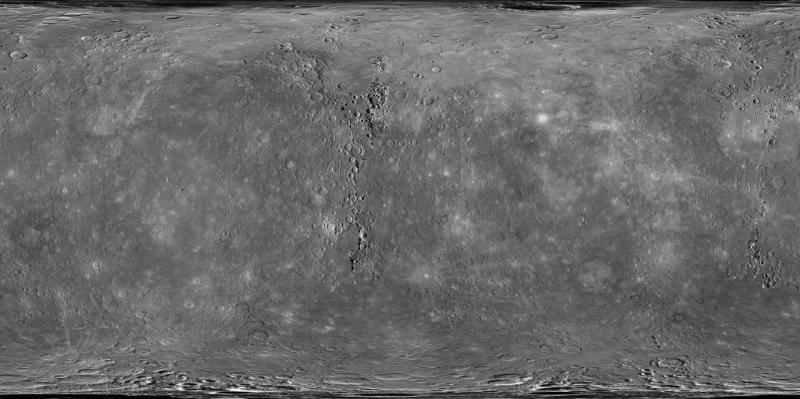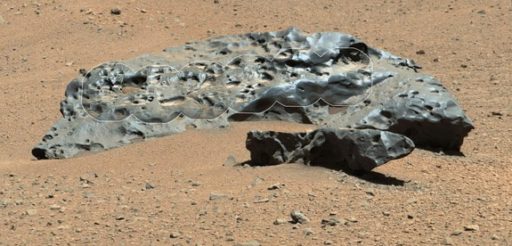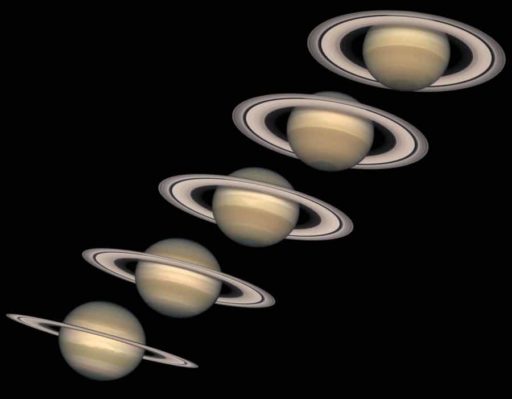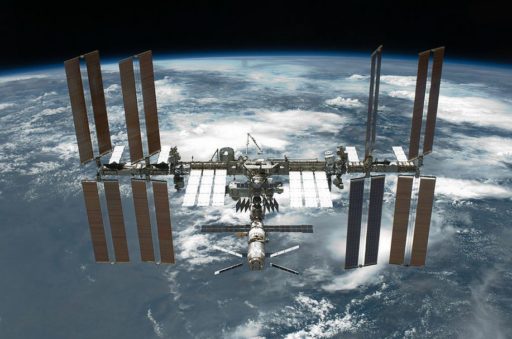NASA‘s MESSENGER (an acronym of MErcury Surface, Space ENvironment, GEochemistry, and Ranging) spacecraft, which was launched in August 2004, has been in orbit around Mercury since 2011. Scientists expected that the probe might have captured 1,000 to 2,000 images of Mercury until now. But surprisingly, MESSENGER has sent more than 200,000 images acquired from orbit about Mercury.
Robert Gold, MESSENGER’s Science Payload Manager who works at the Johns Hopkins University’s Applied Physics Laboratory (APL) said, “We expected then that we would have some data compression that would probably raise the image total to somewhere near 2,000 images.”
On the other hand, APL’s Nancy Chabot, the Instrument Scientist for the Mercury Dual Imaging System (MDIS) said, “Returning over 200,000 images from orbit about Mercury is an impressive accomplishment for the mission, and one I’ve been personally counting down for the last few months. However, I’m really more excited about the many thousands of images that are still in MESSENGER’s future, especially those that we plan to acquire at low altitudes and will provide the highest resolution views yet of Mercury’s surface.”
Right now, MESSENGER is making a progressively closer approach to Mercury’s surface with each successive orbit. In about two months, each closest approach will be at a lower altitude than at any previous point in the mission, enabling the acquisition of unprecedentedly high-spatial-resolution data. When the altitude of the spacecraft and surface of Mercury will be below 350 kilometers, its Narrow Angle Camera (NAC) camera will capture images with pixel scales ranging from 20 meters to as little as 2 meters.
MESSENGER Project Scientist Ralph McNutt of APL said, ” … we will view the planet and its environment from altitudes lower than were ever envisioned only a few short years ago—and, as with any planetary mission providing closer and closer looks at a planetary neighbor, all we can guess is that we have not wrung all of Mercury’s surprises and discoveries just yet.”
Source: NASA
[ttjad keyword=”waterproof-camera”]




